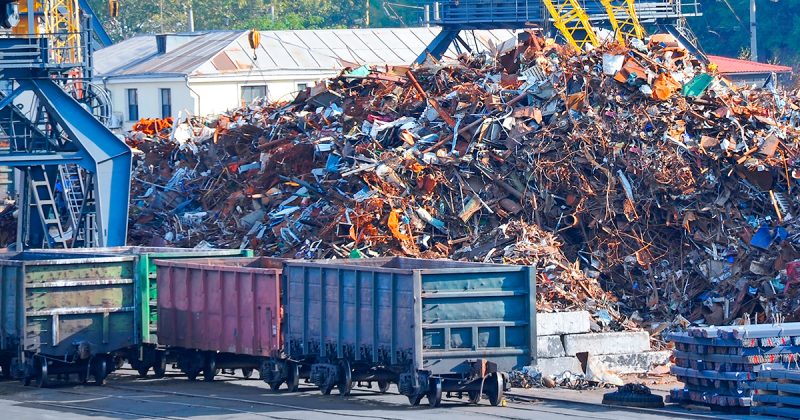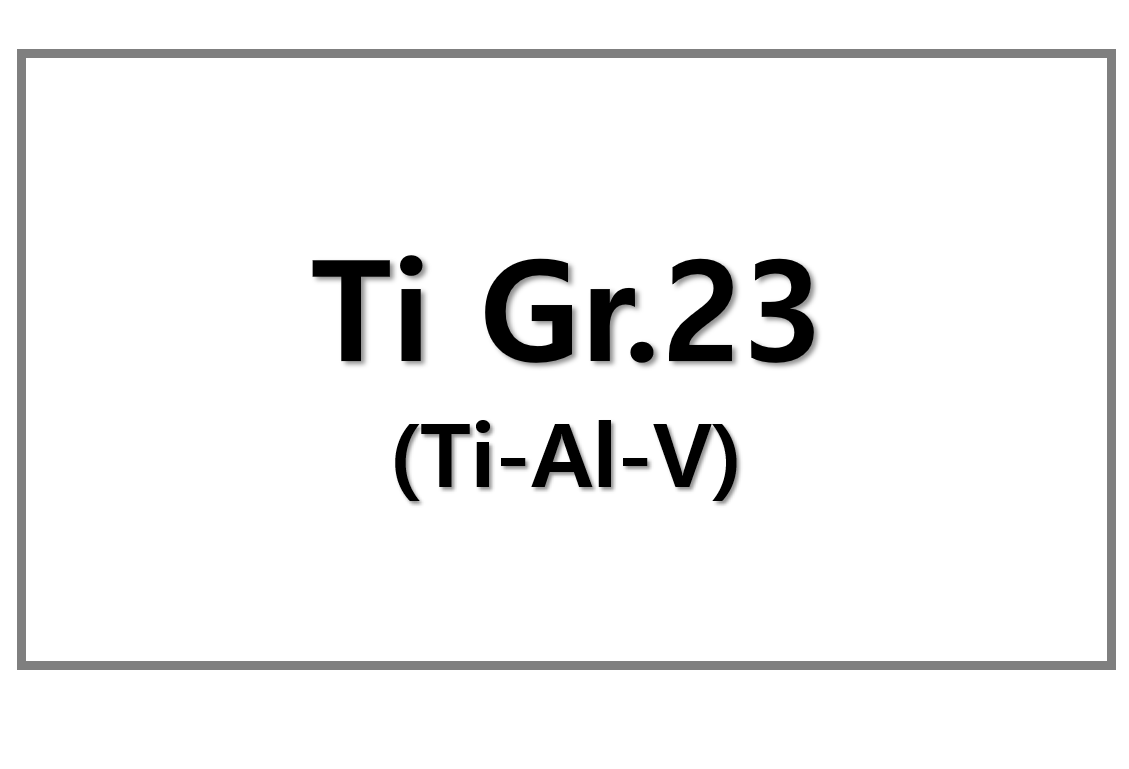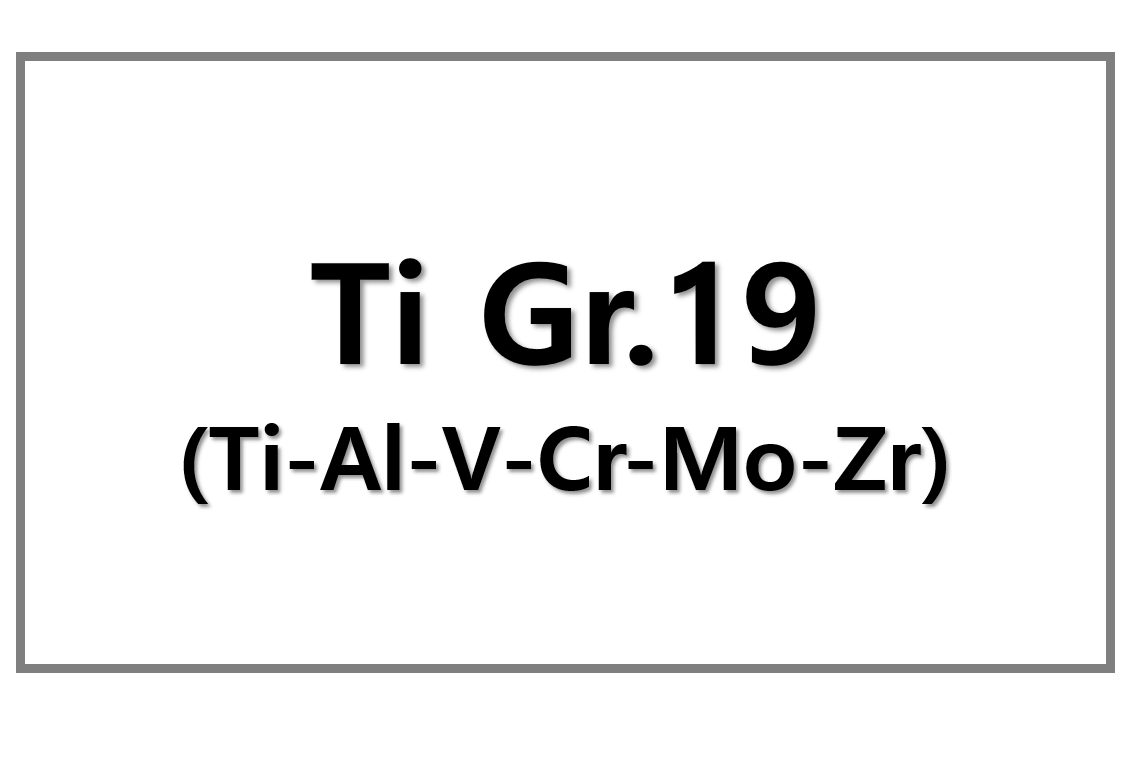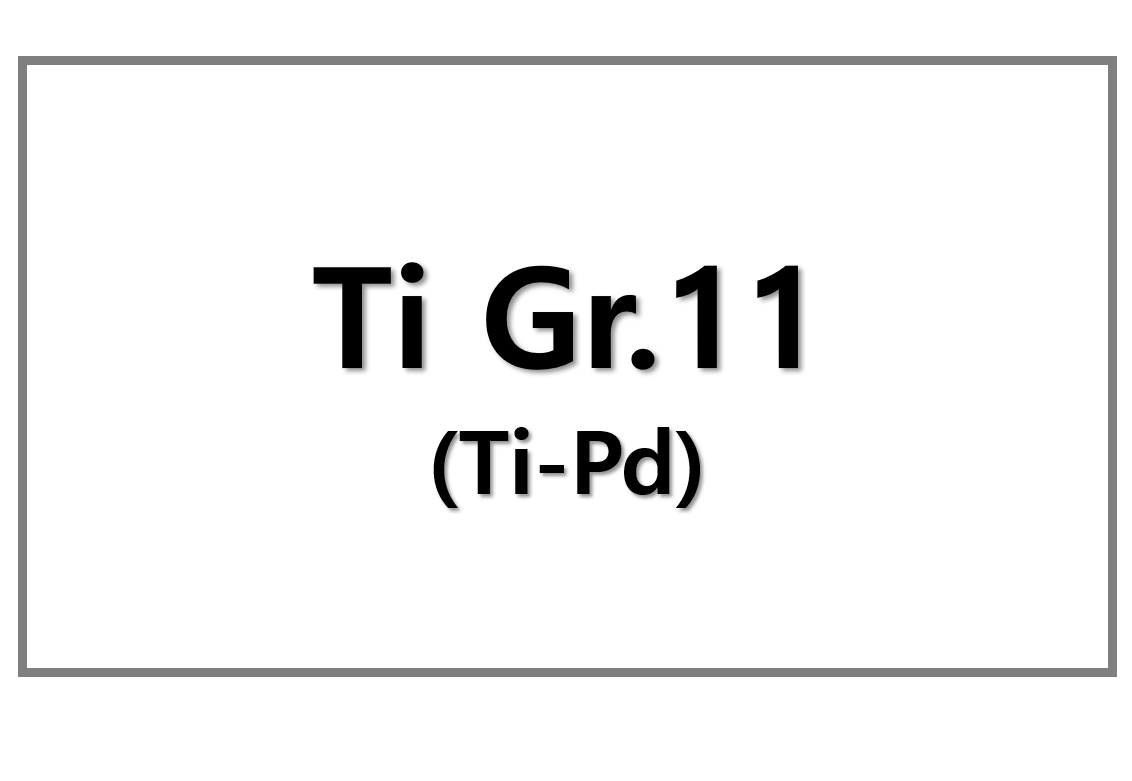
In January-February 2025, EU exports of ferrous scrap showed a minor decline of 0.1% year-on-year, totaling 2.98 million tons. Despite the small decrease, Turkey remains the dominant consumer, accounting for over 66% of EU scrap exports. This shift highlights the increasing significance of Turkey in the global scrap market, alongside rising imports by other nations like India and Pakistan.
Turkey Dominates EU Scrap Exports
Turkey continues to be the largest importer of EU scrap, receiving 1.96 million tons in the first two months of 2025. This represents a slight decline of 2.2% compared to the same period in 2024. However, despite this decrease, Turkey’s share of total EU scrap exports remains substantial.
Other key consumers include Egypt, India, and Pakistan. Exports to Egypt have decreased by 26.3% year-on-year, totaling just over 250,000 tons. In contrast, scrap exports to India and Pakistan have surged significantly, with exports to India increasing by 95.3%, and to Pakistan rising by 63.8%. Together, these four countries—Turkey, Egypt, India, and Pakistan—account for a dominant 84% of the EU’s total scrap exports.
February Sees Increased Exports
In February 2025, EU exports saw an uptick, with 1.62 million tons of scrap shipped, reflecting a 15.3% increase compared to February 2024. Of this, 1.01 million tons were sent to Turkey, marking a 17.5% increase year-on-year. In addition, there was a significant rise in exports to Egypt (+360.1% m/m), while exports to India dropped by 10.7% month-on-month.
Scrapyard Shifts and Future Projections
The global scrap market is undergoing structural changes as countries view scrap as a strategic material for decarbonization and green metallurgy. With increasing trade restrictions, the EU might implement new export barriers by the end of 2025. In addition, the EU plans to enforce a ban on exports to non-OECD countries failing to meet environmental standards by 2027. This shift could lead to a potential shortage of up to 15 million tons of scrap by 2030, driving demand and possibly affecting global scrap prices.
In response to these changes, domestic scrap consumption within the EU is expected to rise, while its availability on the global market might decrease. As the largest exporter of scrap, the EU’s evolving policies will have a significant impact on the global scrap market in the coming years.











Leave a Reply
You must be logged in to post a comment.